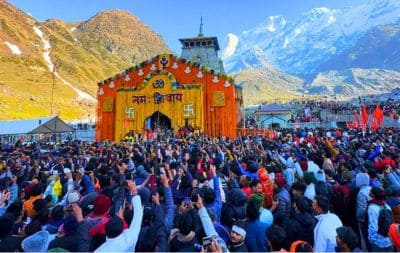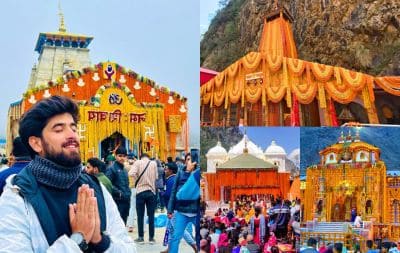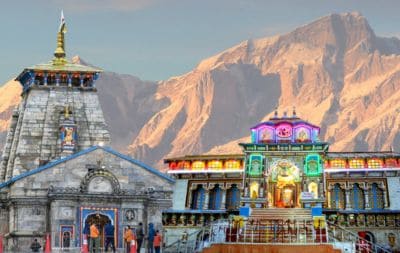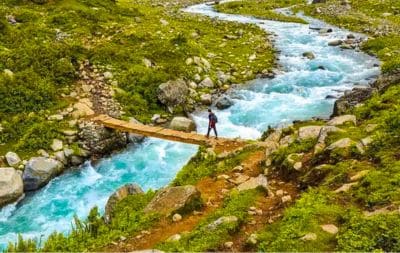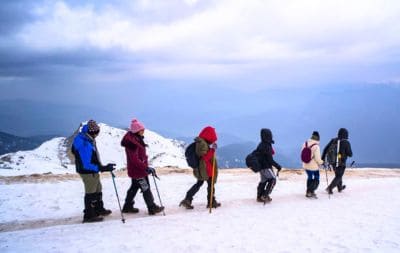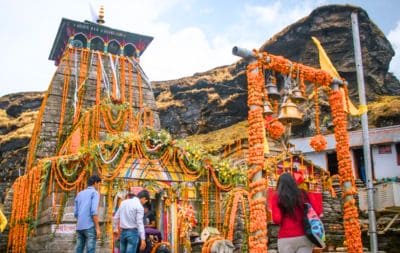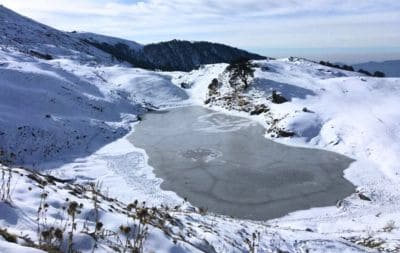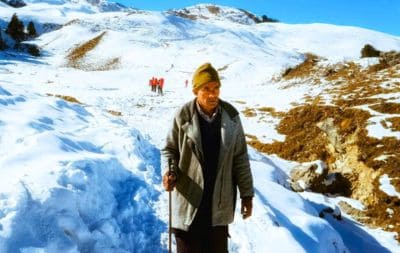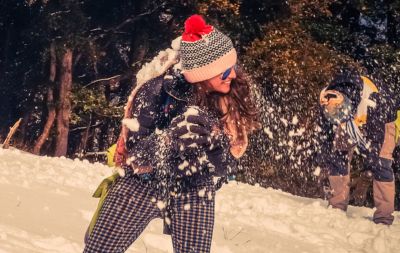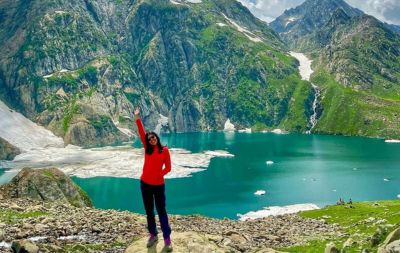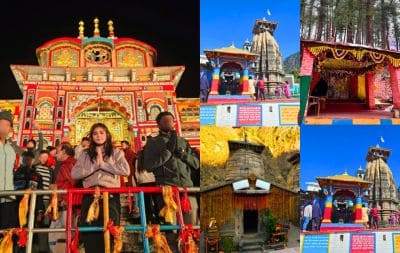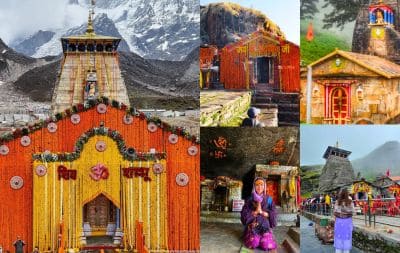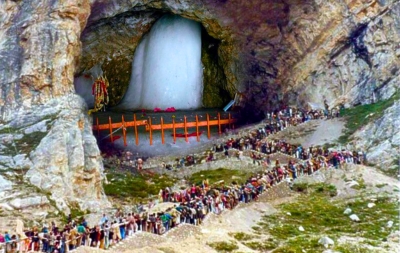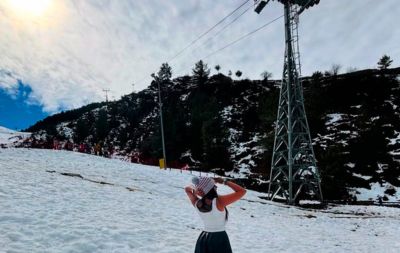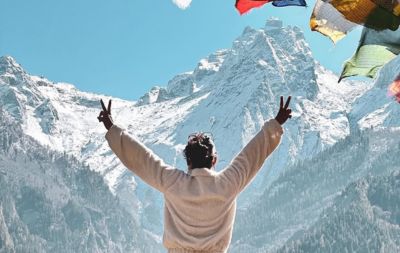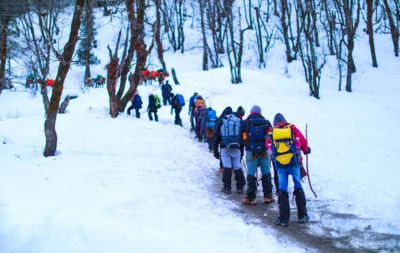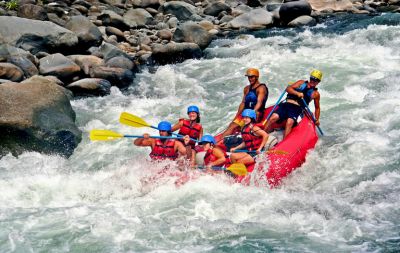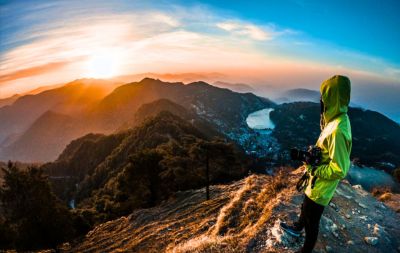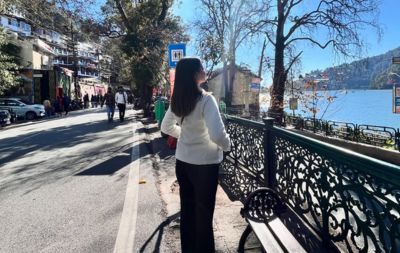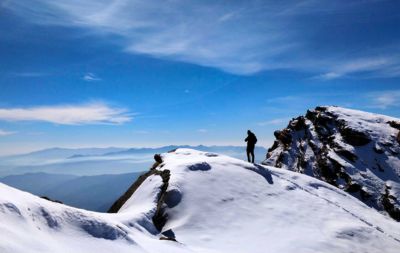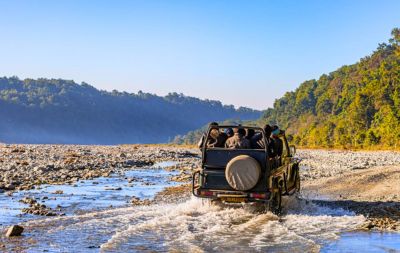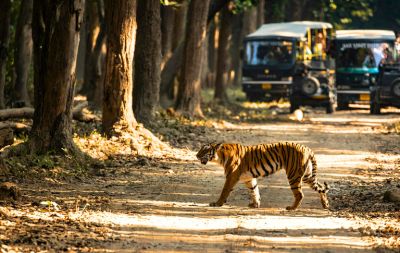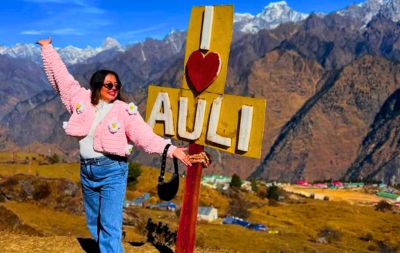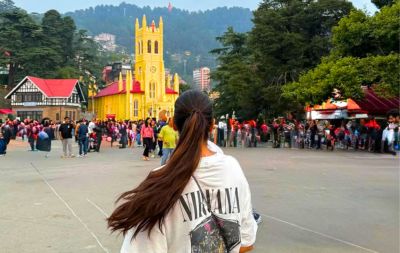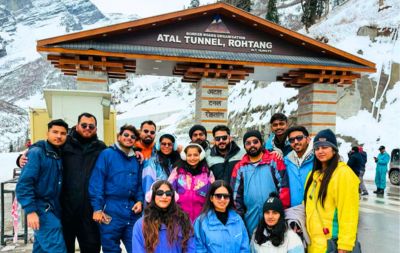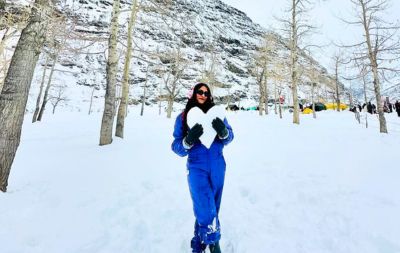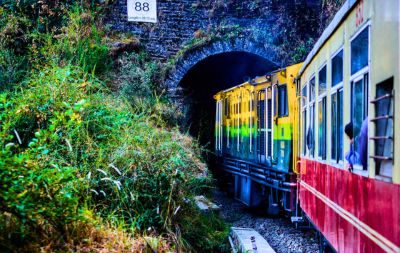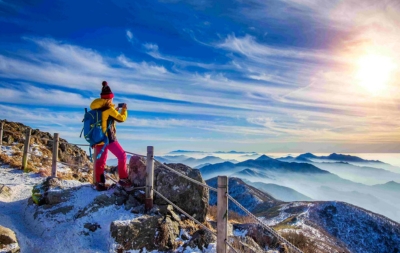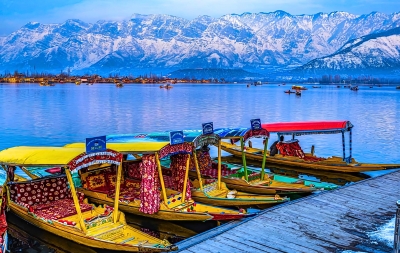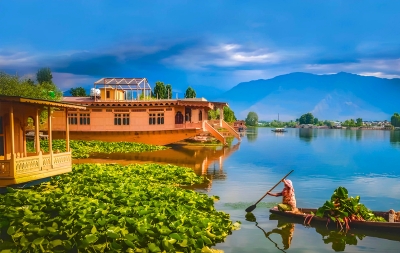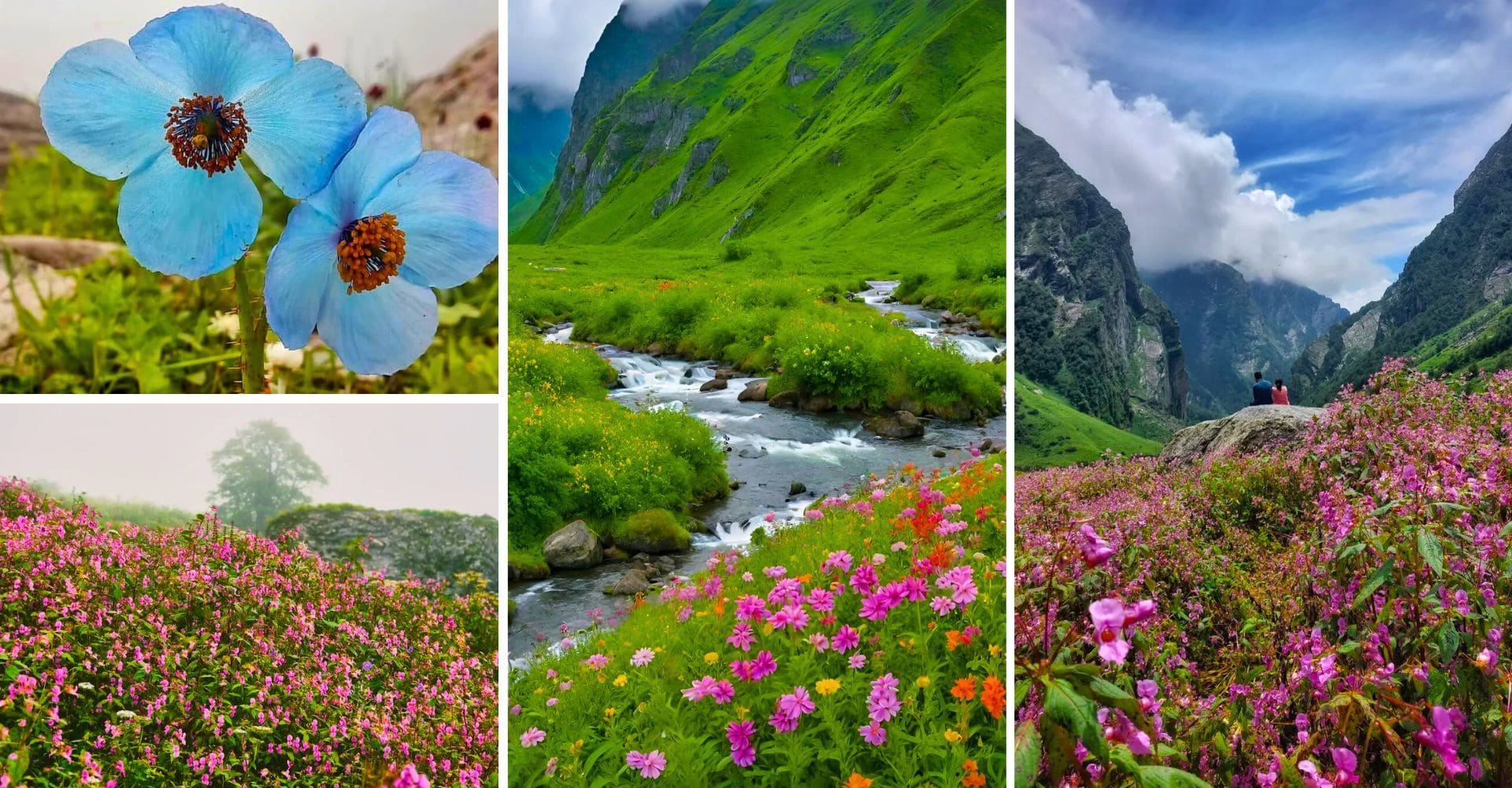
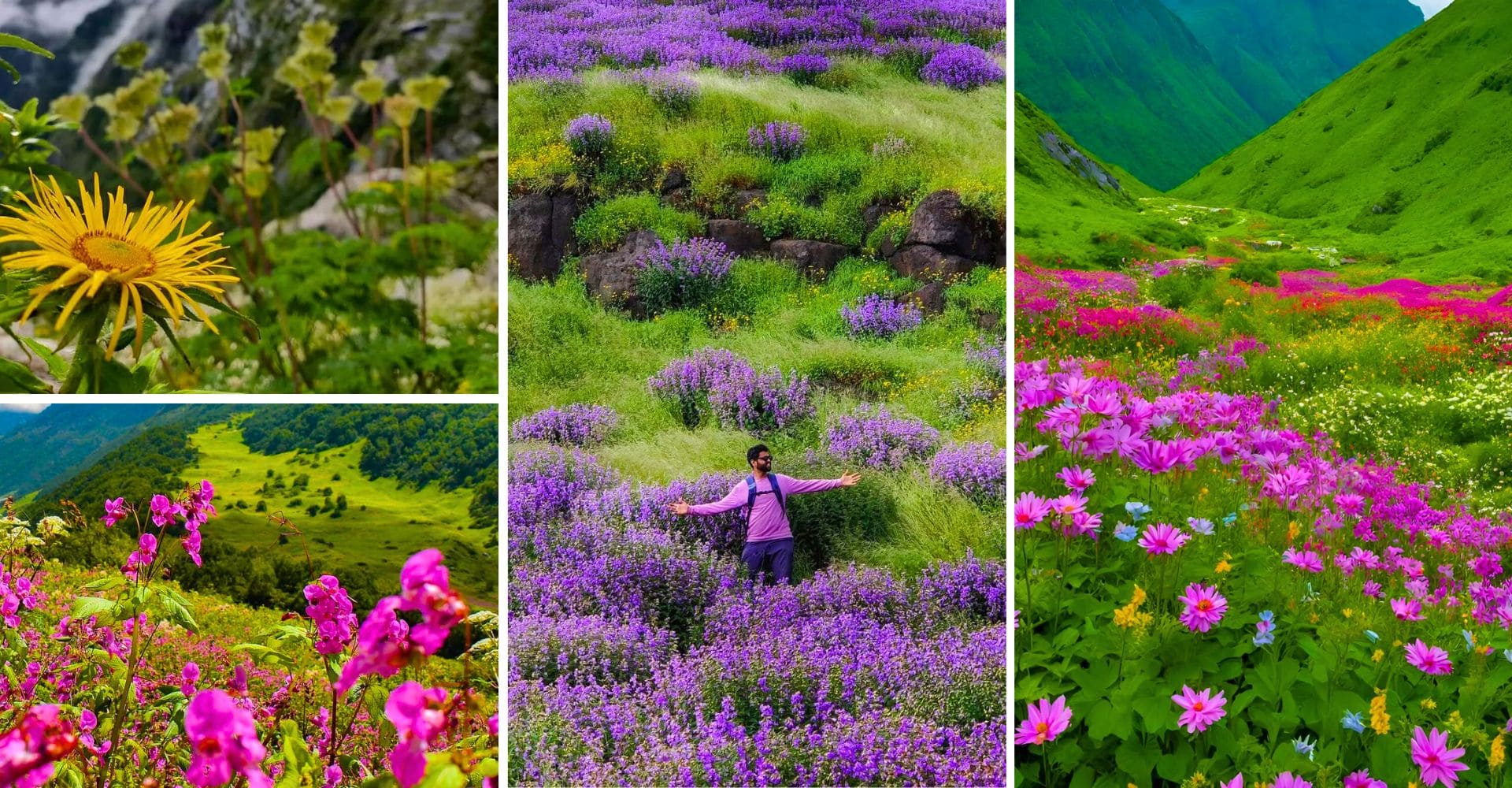
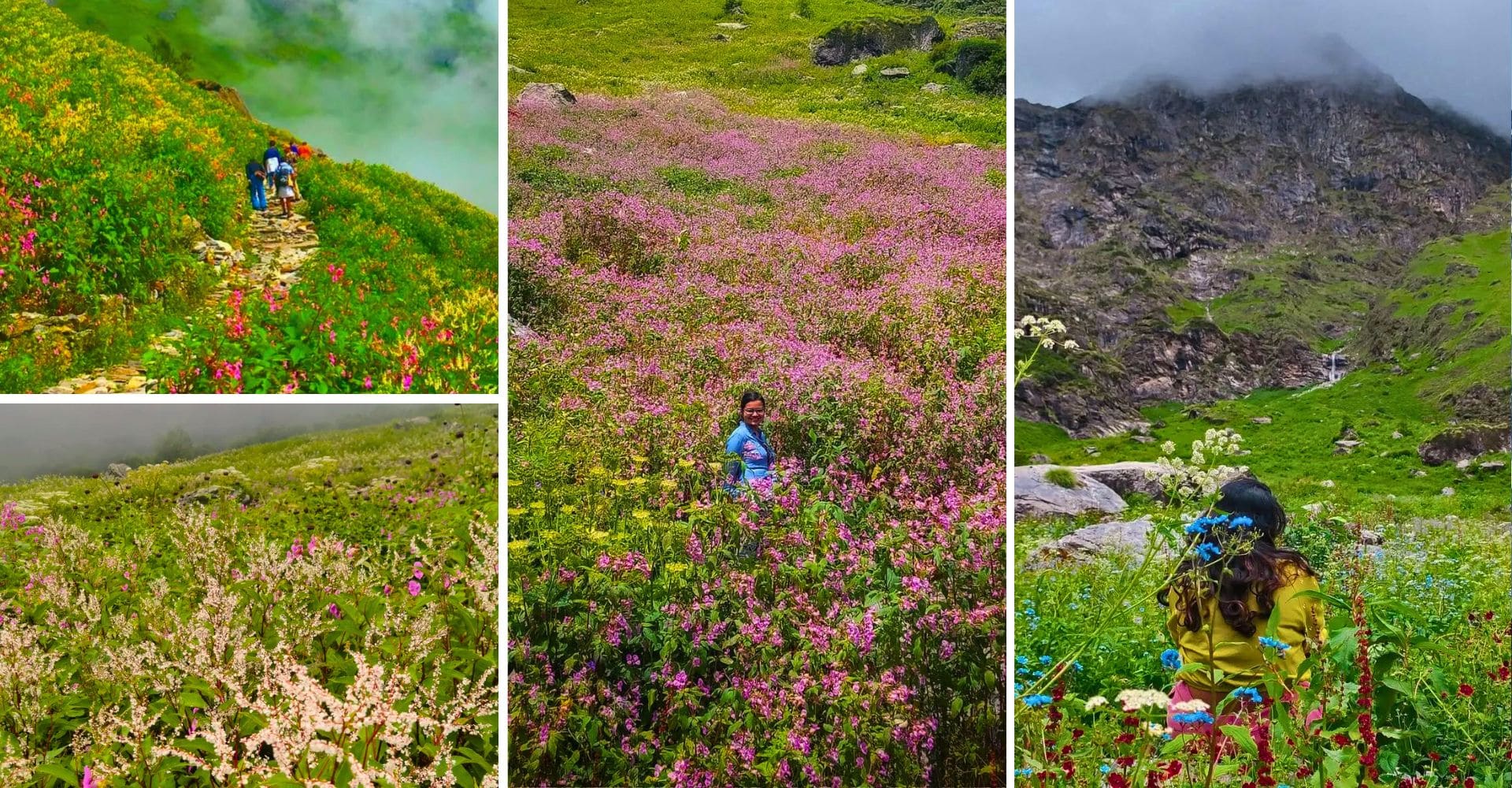
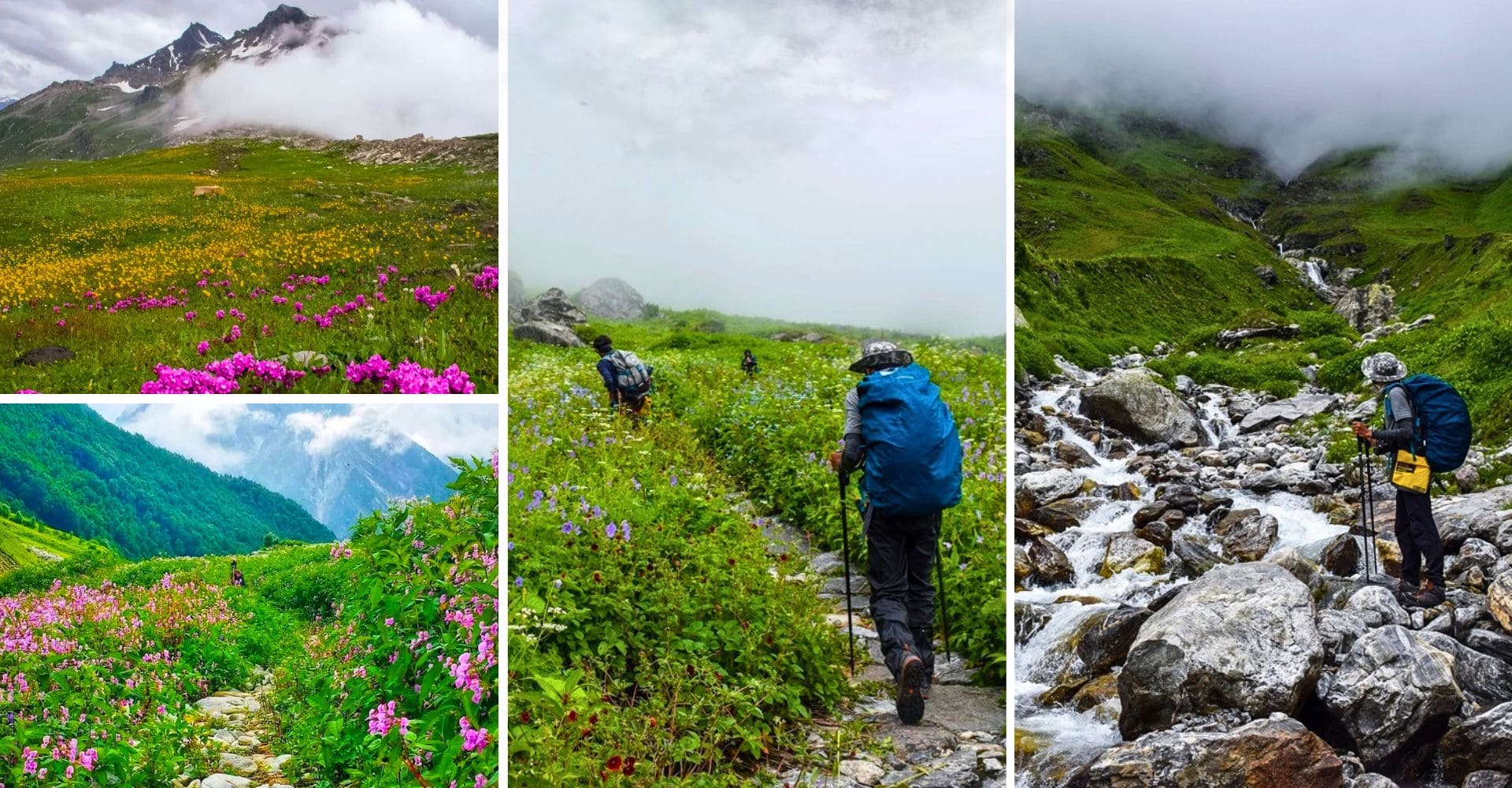
Tour Highlights
Inclusion/Exclusion
Inclusion in cost during the trek:
Exclusion in cost during the trek:
Jul 2026: Available
Aug 2026: Available
Sep 2026: Available
India Chamoli district in Uttarakhand, where you can visit an exciting valley of flowers. With bright flora, beautiful paths and amazing scenes, this trek attracts those looking for a adventure in nature. On the trek of the Valley of Flowers Trek Uttarakhand, tourists enjoy the beautiful view of alpine flowers at their peak. Every year, grasslands with these flowering are displayed in the valley from June to September. This trek package helps you to experience the glory of the valley of flowers. People from different countries come in Yosemite to appreciate the unique attraction of the valleys. Cute view, soothing atmosphere, and clean hill air makes an ideal choice for the life of this city.
Phool Valley - A Natural Treasure
The Valley of Flowers Trek is recognized by UNESCO and is owned by Nanda Devi Biosphere Reserve. There are many plants and animals in the region, including Blue Pope, Cobra Lily and Brahma Lotus. Asian black bears, snow leopards, and Kasturi deer are some endangered animals living in the valley. This trek package gives trekkers a chance to see amazing wildlife and breathtaking scenes.
Major attraction trek of Flower Valley
Many trekkers from all over the world are ready for exciting attractions found on The Valley of Flowers Trek in Uttarakhand. One of the main reasons is that people come here, to see the broad valley being bright by colored flowers. The Pushpavati river, which flows within the valley, increases its appeal. Hemkund Sahib, which is a very liked Sikh pilgrimage site, is also found at 4,329 meters. Ghanagaria Village welcomes trekkers, as it acts as a base camp for climbing. Waterfalls, snow -covered mountains, and a cool atmosphere you cannot remember this hiking journey. The trek through the valley of flowers is distinguished by amazing scenes going everywhere. Looking at the Misty Himalayas next to the clear mountain streams helps in making this journey a compelling experience for all.
Why the monsoon season is the best time for the valley of flowers
Trek visiting the valley of the valley is best suited for the period from July to early September. During this journey, individuals learn about the entire valley and become familiar with the life of their special birds and plant.
Peak Bloom.
Changes in season cause the Valley of Flowers to see different types of plants bloom. You can see 600 different types of flowers here, including Blue Poppies, Cobra Lilies, and Brahma Kamal. A mix of different colors, along with pictures of birds and flowers.
Lush Greenery.
Abundant rainfall in the valley makes it a green field that yields much produce. Its thickets and lush pastures play a big role in making the park more attractive. The beauty of most streams that get their water mainly in the monsoon season is at its highest at this time.
Wildlife Encounters.
People traveling to this area will notice many Asiatic black bears and red foxes besides butterflies and various bird species. Because monsoon comes during winter, tourism in the area usually slows down. With this method, visitors can experience nature without changing everything around them. Because there usually mist along with the rain, the whole area looks quite beautiful. Certain days find the valley disappearing behind a wall of clouds, which makes it mysterious for those who are there.
Why is the Valley of Flowers Trek a Must-Do Trek?
A hike through the valley of flowers is one of the best and most beautiful trek you will find in the Himalayas. Since the path requires only moderate efforts, it meets the needs of both those who have never trecked and who often trek. Valley life is unique thanks to its mysterious atmosphere and endless diversity of life. The trek is specifically designed for adventure, beautiful photos and a unique spiritual experience seekers. If you like nature, wildlife, or adventure, The Valley of Flowers Trek Package guarantees an experience that you will never forget in the Himalayas. Here, you survive busy urban life to enjoy the lubrication of nature. This trek is pleasant for any person who wants to experience the beauty of nature, thanks to fresh air, birdsong and lovely flowers
The best time to travel and what is expected in the Valley of flowers
In the end of July to early September
Difficulty Level of the Valley of Flowers Trek
Anyone with a variety of hiking experience can hike through the Valley of Flowers, since it is rated as easy. This is a clear explanation of how hard the trek is:
Trail Conditions: Well-defined Paths: Path markers and maintenance guarantee that it is easy to move through the forest.Purvabhas, you will find that the section you are traveling can be thick and irregular.
Miscellaneous areas: You will find many avenues that are flat, gently inclined, and some are very standing like you are near the Valley of Flowers and Hemkund Sahib.
Weather Conditions
Monsoon season: Enjoy a beautiful trek for the Valley of Flowers in Uttarakhand when its monsoon season (in early July to September). Sometimes the rain transforms the trails into some slippery and mud.
Temperature: Between day and night in this area, the weather varies from 15 ° C to 20 ° C (59 ° F to 68 ° F) to 7 ° C to 10 ° C (45 ° F to 50 ° F).
physical fitness
Medium fitness requires: You must be healthy enough to go on daily walks, to deal with different height, and brave all types of seasons.
Preparation: Regular cardiovascular workouts, exercising strength, and going to the hike will benefit you before your increase.
How to reach the pickup point
Pickup Point in Rishikesh:
Our operator will give you the specific pickup place once you reach Rishikesh. Often, you get your car at the venue you selected, such as a famous hotel, bus station, or the spot you arranged with the company before you booked.
By Air:
People flying from far away can use Jolly Grant Airport in Dehradun, 21 km from Rishikesh. Either punishment of a taxi or just taking a bus will help you go to Rishikesh if you are planning to trek a valley of flowers.
By Train:
Rishikeshs railway station is connected to cities like Delhi, Mumbai and Calcutta. A taxi or a self-richi is available at the railway station, which leads you directly to your residence or stains in the Valley of Flowers.
By Road:
Rishikesh is ready 240 km from Delhi, so it takes approximately 6 to 7 hours to journey at NH 334 and NH 334A. Dehradun from Rishikesh is forty five kilometers and generally takes 1.5 to two hours the usage of the street. Taxi and bus provider are to be had from Dehradun to Rishikesh.
Day 01: Rishikesh to Govindghat.
Passing through many major cities of Uttarakhand, climb on a long pictures from Rishikesh to Govindghat for a long time. This journey begins in the morning, takes us through Devprayg, the last confluence of the Alakananda and Bhagirathi rivers, and then in front of Srinagar after the Alakananda River. After covering a distance of 210 km to reach Karanprayg, where Alakananda meets the river, we make our last stop for the trek. By evening, we arrive at Govindghat and examine the city over time to detect the city.
Day 02: Govindghat to Pulna by Drive and Trek to Ghangaria.
After breakfast, we check the outside and move towards Govindghat. From there, we switch vehicles to a small drive for a small drive, which make the initial point of our trek to cube. The trek extends up to 11 km and usually takes about 5-6 hours, follows a well-laid path with a stable tilt. While the scar is relatively easy, it can be tired over time. The way, you will enter small spots and the roaring Pushpavati River. The path is surrounded by forests, offers a pleasant, shaded growth. On reaching Ghagnariya, we examine at our hotel for a comfortable evening.
Day 03: Ghangaria to Valley of Flowers and back Ghangaria.
We came here to see the highlights, and today the journey is The Valley of Flowers Trek. Usually, we reach the valley from Ghagnariya around 7 am by 9 or 10 am. Initially, you pass through a wooden area, where you will see more flowers while walking. A bridge and a hard inclination brings you to a wide open valley. This is the place where the valley of flowers begins, and the nearby peaks and the tipper glacier have a wonderful vision. There are rare Himalayas flowers everywhere in the valley such as blue poppies, orchids, primulas and vine flowers. Among its famous appreciation are Lady Zone Margaret legs, whose remains have a specific grave in the valley. It is possible to go on trekking in Pushpavati River. Once we are searching for the valley, we go back to the cube so that you can either relax or seek more by evening.
Day 04: Ghangaria to Hemkund Sahib and back Ghangaria.
The day begins for us to visit Hemkund Sahib. For Hemkund Sahib, after breakfast, covers 6 kilometers and usually takes us about 5 hours. The road is clean and the earth from small food places. There are lots of flowers with footpaths, lots like you see in the valley of flowers and many committed pilgrims walk on the route even without shoes. In Hemkund Sahib, you can see the gurudwara, eat hot pudding and taste a cup of tea, and spend time in resting by peaceful lake. We meet in the gurudwara for an hour before going back to Ganga, so that you can easily pass your evening.
Day 05: Ghangaria to Govindghat.
We have breakfast and farewell to Ghangaria before we set off by the same path to Govindghat.
Day 06: Govindghat for Rishikesh.
For breakfast we start a trip to Rishikesh/Haridwar, which passes through cities like Devprid in the way. When you come to Rishikesh, end your journey and you leave with memories you will never forget.
At Shree Kedar Yatra - SKY, your safety is our top priority. Whether you are a solo traveler, a couple, or a family group, we ensure that every aspect of your Mussoorie Tour Package is well-managed, secure, and supported by local experts. Below are the key safety measures we follow and essential travel tips for your peace of mind:
Payment Terms
Cancellation Charges
| Notice Period Before Departure | Applicable Charges |
|---|---|
| 15 days or more | 10% of total amount |
| 7 to 14 days | 30% of total amount |
| Less than 7 days | 100% (No refund) |
Important: No refund will be provided for cancellations due to natural disasters, political unrest, lockdowns, or health issues. If a traveler tests COVID-positive and provides valid documentation, a credit note will be issued for future travel.
General Terms and Conditions
Complaints and Disputes
All complaints must be submitted within seven days after the trip concludes. The company reserves the right to make the final decision on all matters.
Want a Detailed Itinerary on Whatsapp?
